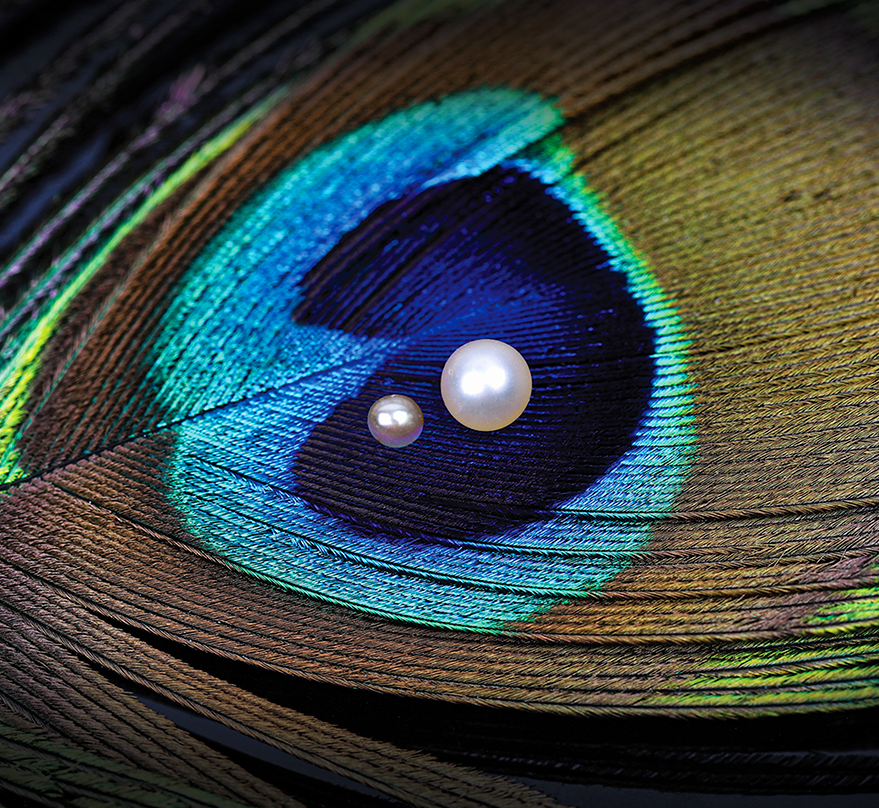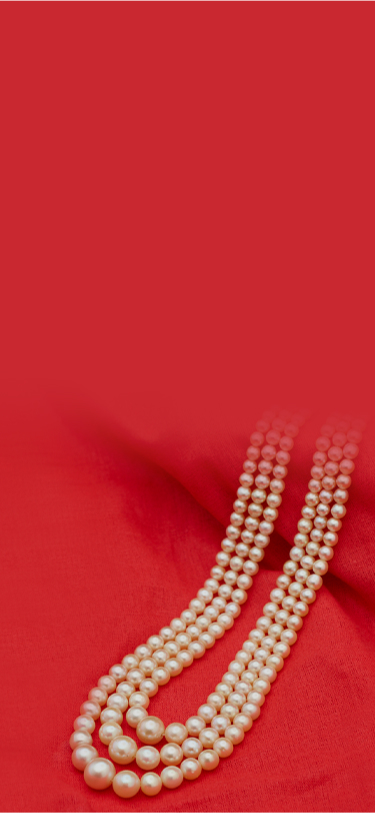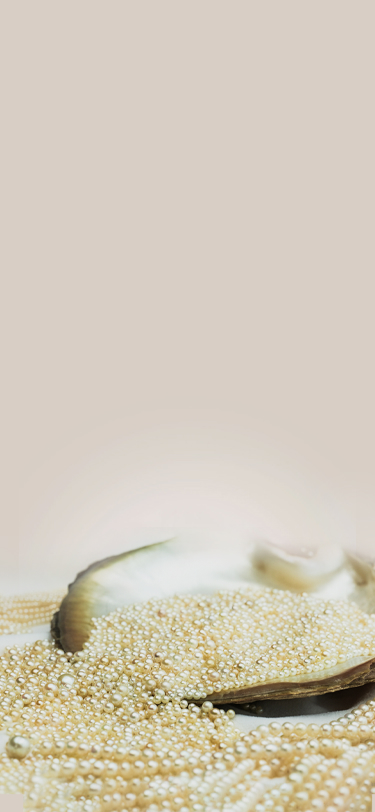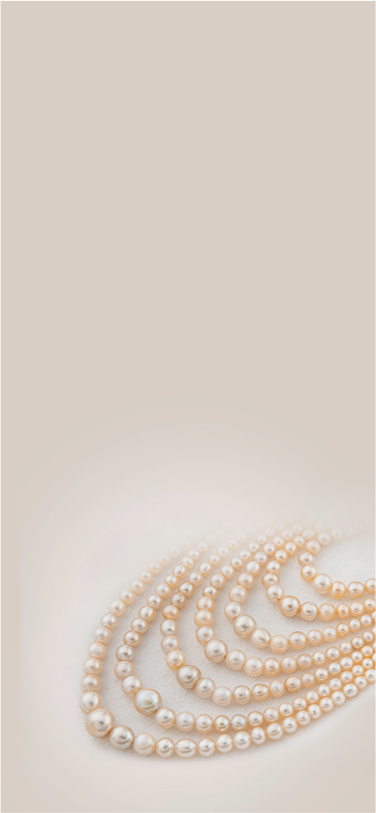Pearl Identification Report
Discover the quantity, weight, shape, colour, overtone identity (natural or cultured), mollusc origin type (when determinable) and formation environment of your pearls, loose mounted or strung.
Submission Criteria
- Loose, mounted or strung pearls
- Sautoir/Meshlah: Traditional long necklaces (usually multiple strands) that suspend a tassel or other ornament, approval required.
- Hanks/Bunches: Multiple strands (usually 10 or more) tied together in one hank or bunch, usually between 16 to 20 inches, can be either uniform or graduated in size, approval required.
Quality Assurance
The Quality Assurance Service is a spreadsheet-style report offering identification and environment information on submitted pearls.
Submission Criteria
- Strands up to 30 inches (maximum 30 strands in each report).*
- Loose Pearls (maximum 5 pearls per report).
- Lot of Loose Pearls (uniform size) minimum fee per each 100 cts
*Submitted without clasp/fittings, semi-baroque/baroque/button/drop/oval or mixed shapes only. Near-round or round pearl strands are not eligible.
Additional Services
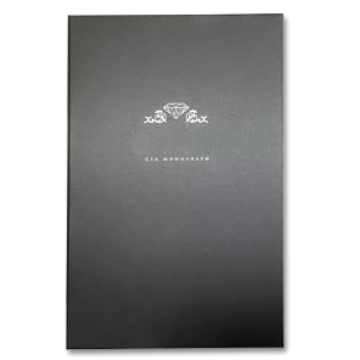
Monograph™
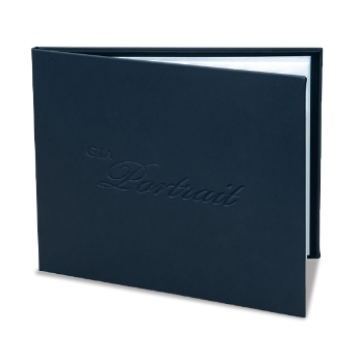
Portrait™ Report
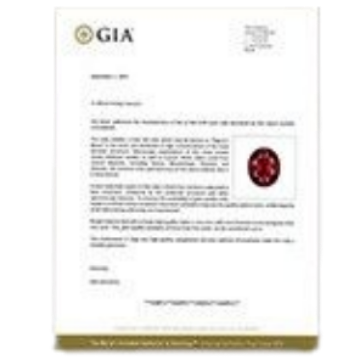
Notable Letter

Express Service
About Pearls
Pearls are gems that form inside a living mollusc. They exist in a wide variety of sizes, colours, and shapes influenced by a variety of factors, such as mollusc species, environmental conditions and human interference. Natural pearls form when the mantle of a mollusc is irritated by a foreign “intruder.” The mollusc secretes calcium carbonate, often in the form of nacre, to protect itself from the irritant. As the mollusc deposits more and more layers, a pearl forms. Most natural pearls are small and irregular in shape. Large pearls with round or drop shapes are incredibly rare and valuable. Cultured pearls form through human intervention when a nucleus is planted into the mollusc to spur pearl growth. The nucleus is often a round shell bead, which helps determine the size and shape of the pearl that forms. The most common cultured nacreous pearls are South Sea, Tahitian, akoya and freshwater.
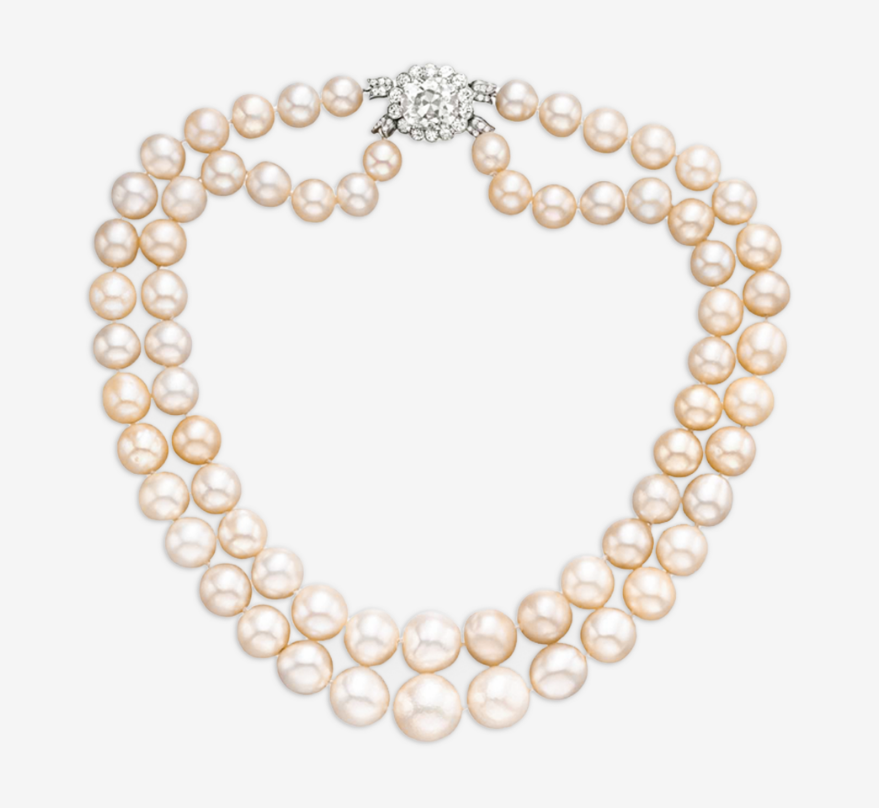
Complimentary Pick-Up And Drop
Enquire Now
About GIA
Established in 1931, GIA protects the public through gemmological research, education, impartial gem identification and grading services, and instrument development. The world’s foremost authority in gemmology and creator of the 4Cs, GIA sets the standard for determining the quality of diamonds and performs research-based identification of coloured gems and pearls. All of GIA's activities are governed by its mission to serve the public. Learn More
